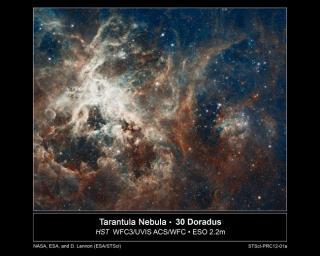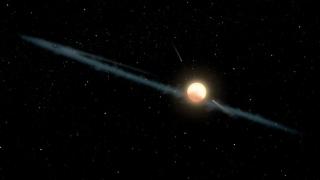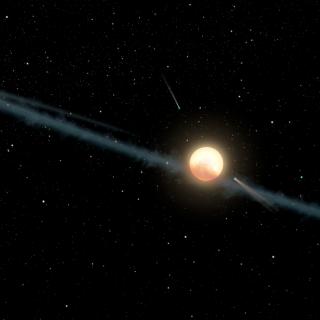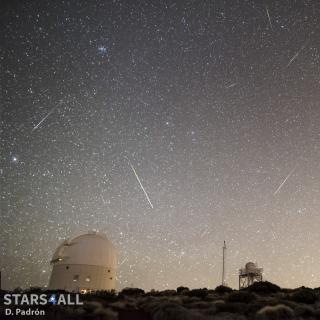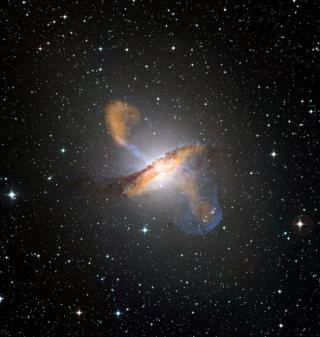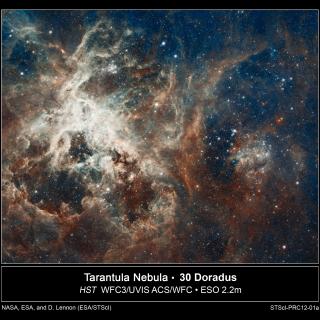
An international team of astronomers with participation of researchers at the Instituto de Astrofísica de Canarias (IAC) and the University of La Laguna (ULL) has revealed an ‘astonishing’ overabundance of massive stars in a neighbouring galaxy.
Advertised on
